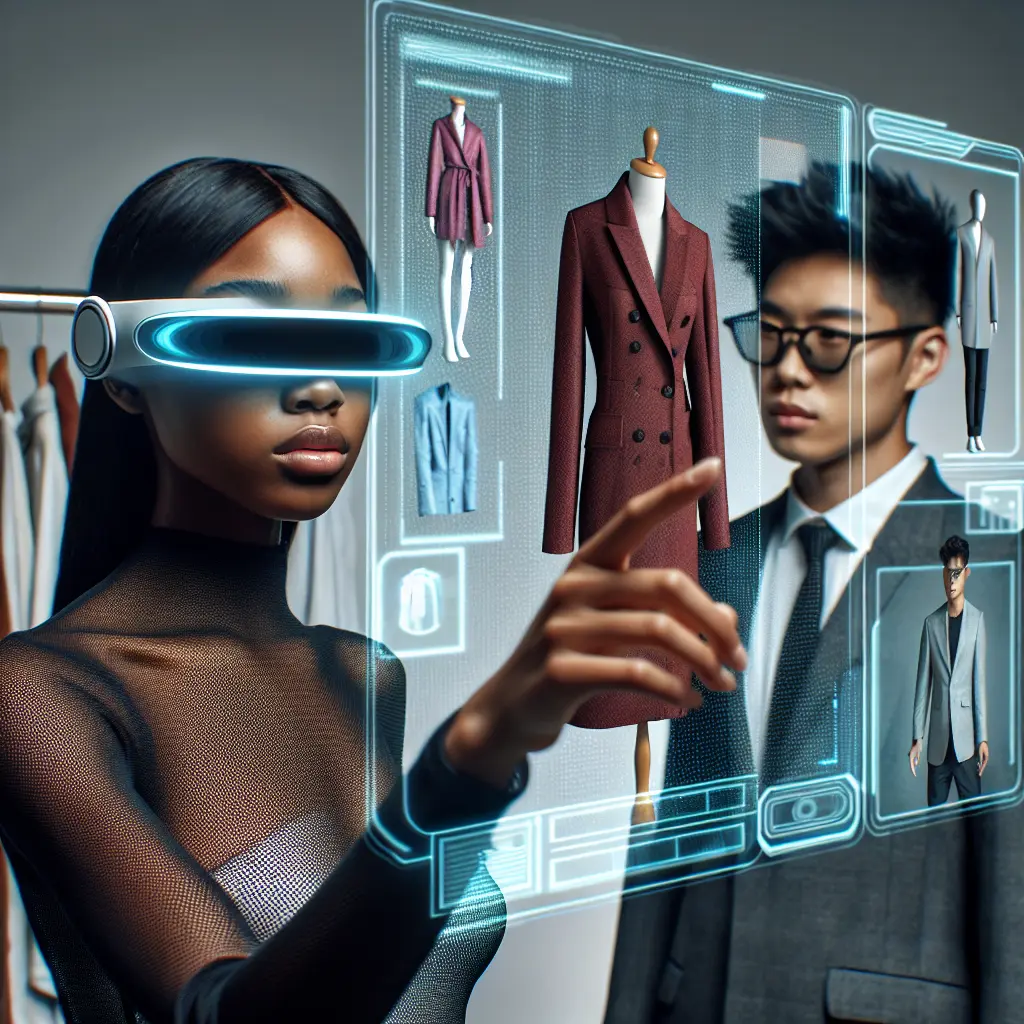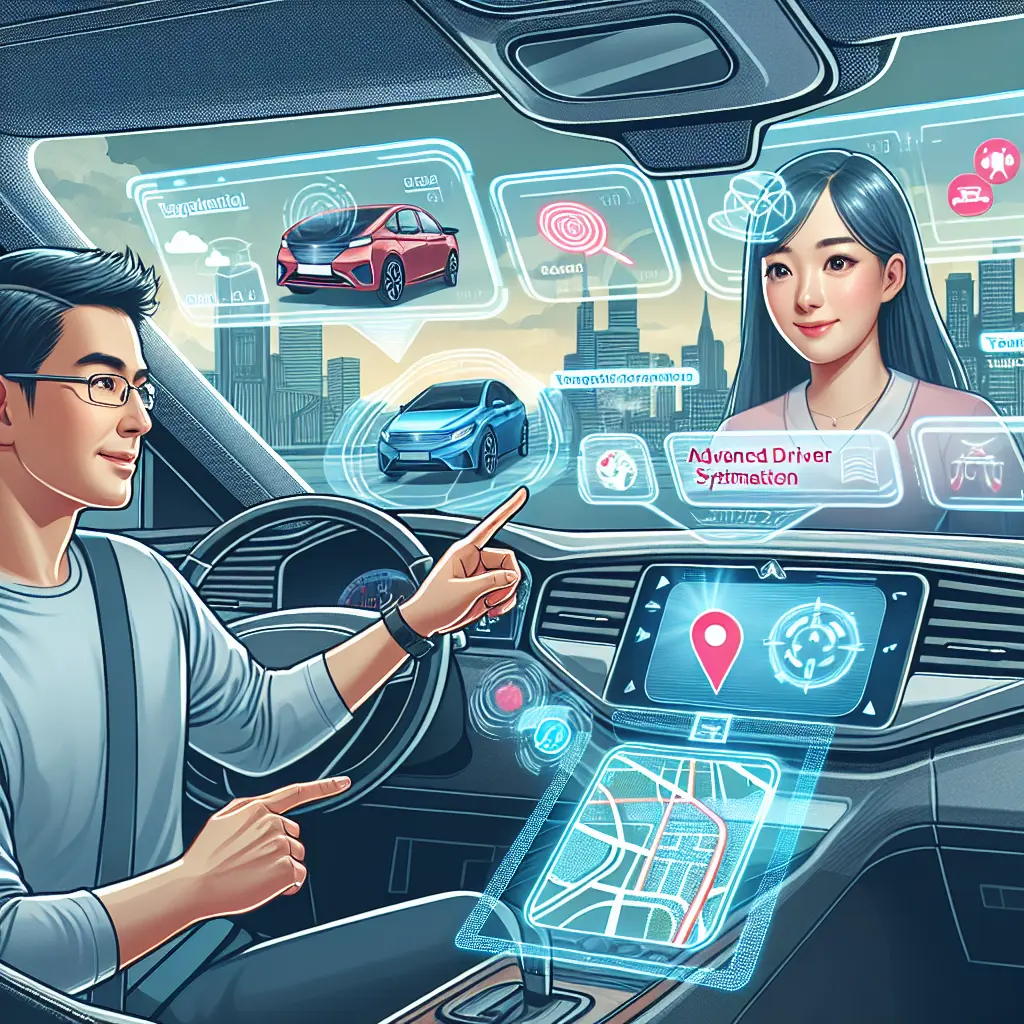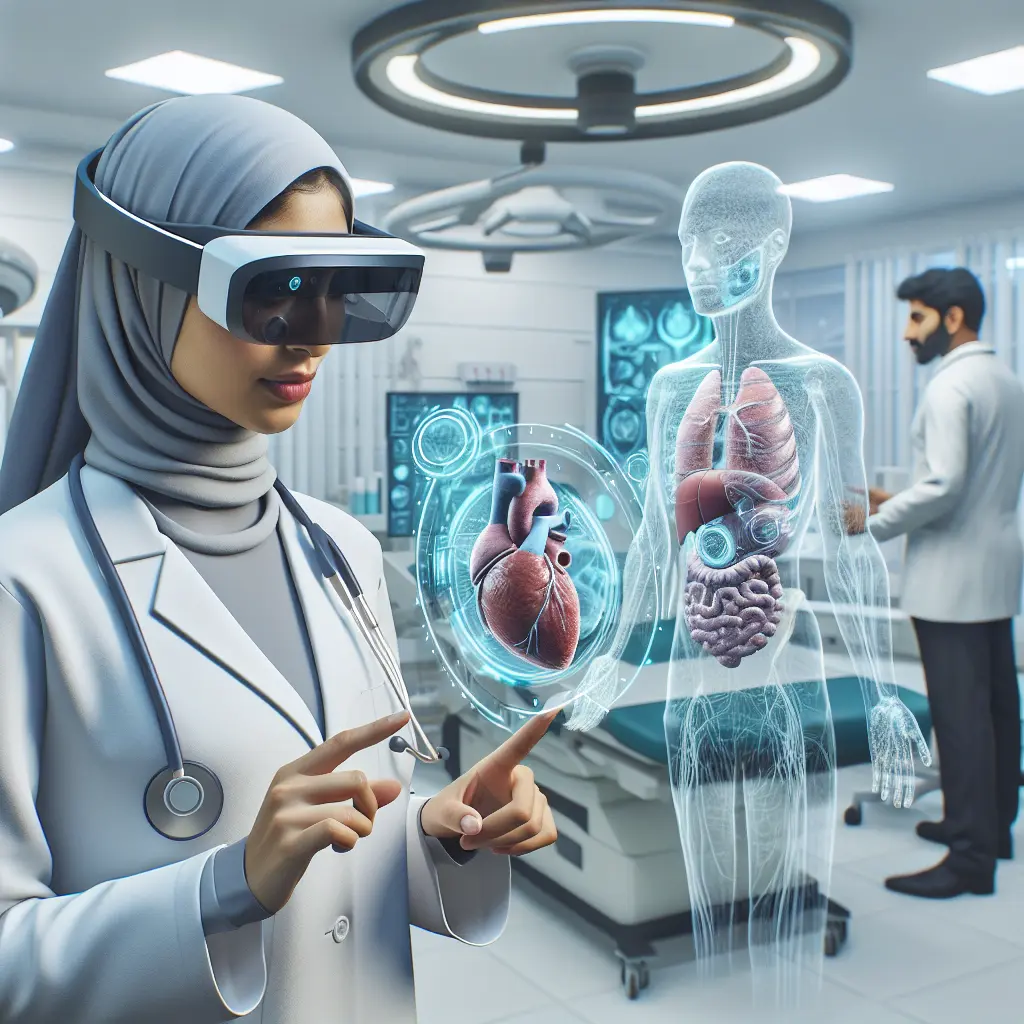In the rapidly evolving landscape of fashion, augmented reality is emerging as a game-changer, offering an innovative edge through virtual try-ons. This cutting-edge AR fashion technology is transforming how consumers interact with clothing, ushering in an era where augmented reality clothing and virtual fitting rooms redefine the shopping experience. Not only does this digital fashion innovation enhance convenience, but it also offers surprising health benefits. By providing an immersive fashion technology experience, these AR fashion apps contribute positively to mental health and body image. They empower users with personalized fashion choices, fostering a sense of AR body positivity and self-confidence.
Augmented reality in fashion is also paving the way for sustainable practices, as it minimizes the need for physical inventory and reduces waste. Smart mirrors in fashion retail settings exemplify how technology in fashion health is making strides toward more eco-friendly consumerism. The virtual fashion retail environment, enhanced by augmented reality style tips, offers a personalized shopping journey that caters to individual needs while promoting sustainable fashion with AR.
As this immersive technology gains momentum, it promises not only to elevate the augmented reality shopping experience but also to provide virtual fitting health benefits by reducing the stress associated with traditional shopping methods. With AR and mental health becoming increasingly intertwined, this digital transformation encourages a healthier relationship with personal style. As we delve deeper into this topic, we'll explore how augmented reality is setting new standards for smart fashion choices and revolutionizing the way we perceive and engage with clothing.
Augmented Reality in Fashion: Innovating Virtual Try-Ons
In the current digital age, augmented reality (AR) in fashion has revolutionized how consumers experience clothing. Virtual try-ons have become a cornerstone of AR fashion technology, transforming traditional shopping experiences into interactive digital journeys. As we examine this trend, it's clear that augmented reality clothing and virtual fitting rooms are not just novelties; they are integral to the future of fashion retail.
The Rise of Virtual Try-Ons
Virtual try-ons are reshaping consumer engagement in fashion by allowing shoppers to visualize clothing on their bodies without physically trying them on. This technology has evolved rapidly, driven by advancements in computer vision and AR. For instance, companies like Zara and ASOS have integrated AR capabilities into their mobile applications, enabling users to see how outfits look on a 3D representation of themselves. Such innovations highlight the growing importance of augmented reality shopping experiences.
Benefits of AR Fashion Technology
Enhanced User Experience: AR fashion technology provides an immersive experience that bridges the gap between physical and online shopping. By offering realistic visualizations, consumers can make more informed purchasing decisions, increasing satisfaction and reducing return rates.
Health Benefits of AR in Fashion: Virtual try-ons minimize the physical and mental exhaustion associated with traditional shopping. They eliminate the need for crowded fitting rooms, thus reducing anxiety and enhancing overall shopping enjoyment. Additionally, this technology promotes AR body positivity by allowing users to experiment with different styles confidently.
AR and Body Image
The influence of augmented reality on body image is profound. Traditional media often sets unrealistic beauty standards, but AR offers a platform for personalized fashion with augmented reality that celebrates individual uniqueness. By providing customized style tips and fitting suggestions based on users' actual body measurements, AR fosters a healthier self-image.
Case Study: Snap's Body-Tracking Technology
In 2023, Snapchat introduced advanced body-tracking capabilities within its app, allowing users to virtually try on clothes from brands like Nike and Gucci. This development demonstrated how AR could support AR body positivity by letting users see how clothing would fit their unique body shapes, moving beyond one-size-fits-all models (source).
Sustainability remains a critical focus for the fashion industry, and AR technology plays a vital role in this shift. By utilizing smart mirrors in fashion, retailers can drastically reduce waste. These mirrors allow customers to see themselves in various outfits digitally, lowering the necessity for physical samples and overproduction.
Example: H&M's Virtual Showroom
In 2024, H&M launched a virtual showroom that integrates augmented reality style tips with personalized shopping experiences. This initiative has led to a significant decrease in return rates and an increase in customer satisfaction, illustrating the dual benefits of economic efficiency and environmental responsibility (source).
The landscape of virtual fashion retail continues to evolve, with AR technologies setting new standards for consumer interaction. Retailers are increasingly adopting AR fashion apps to enhance the shopping experience:
Interactive Catalogs: Brands like IKEA have embraced AR to allow customers to visualize products in their own spaces before purchasing. Similarly, fashion retailers are developing catalogs where users can interact with garments through augmented reality, improving engagement and personalization.
AR and Mental Health
The intersection of AR and mental health is an emerging area of interest within digital fashion innovation. By reducing decision fatigue and offering a stress-free shopping environment, AR contributes to better mental well-being. The convenience of trying on clothes virtually means consumers can explore styles at their own pace, fostering a more relaxed relationship with personal style.
Research Insights
A study conducted by the Fashion Institute of Technology in 2023 found that users of virtual fitting rooms reported higher levels of satisfaction and lower levels of shopping-related stress compared to traditional methods (source).
Future Prospects: What's Next for AR in Fashion?
As we look towards the future, it is evident that augmented reality will continue to shape the fashion industry. The integration of technology in fashion health, such as biometric scanning and advanced AI analytics, promises to further enhance the virtual fitting health benefits offered by AR.
Moreover, as consumer demand for ethical practices rises, the role of sustainable fashion with AR will become even more pivotal. Retailers are expected to invest heavily in eco-friendly technologies that support reduced waste and promote circular fashion models.
Conclusion
While we've merely scratched the surface here, the implications of AR in fashion are vast and transformative. As technology continues to advance, the way we perceive and interact with clothing will inevitably change, paving the way for smarter, more personalized, and environmentally conscious fashion choices.
By embracing these innovations, brands can not only meet modern consumer expectations but also contribute positively to society by promoting healthier lifestyles and sustainable practices within the industry. As such, augmented reality is not just enhancing our wardrobes—it's redefining them for a better future.







Leave a Comment